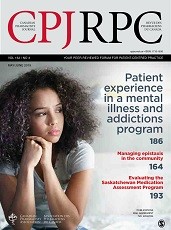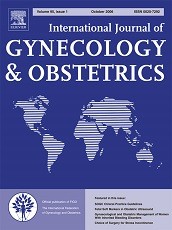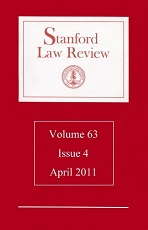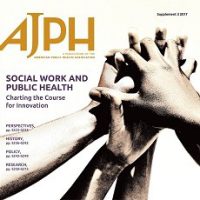Chris Thatcher

Extract
Ask your pharmacist: It’s the ubiquitous slogan of the past decade, underscoring the campaigns of most national and provincial pharmacy organizations as they promote the value of pharmacy services. But what if the question is about RU-486, the abortion drug, or Preven, the morning-after-pill? What if the question is from a physician seeking information on terminal sedation or assisted suicide?
Such questions push, and often breach, an ethical boundary for some pharmacists, who find their desire to help the patient in conflict with their moral convictions. And the ethical quagmire is likely to get deeper as advocacy groups press the federal government to allow physician-assisted suicide and various health organizations promote greater access to emergency postcoital contraception.
If these practices compromise your moral convictions, could you be fired by your employer for refusing to fill a prescription? More specifically, is there a point at which your personal beliefs supersede your obligation to the patient? That’s the difficult question posed by an Alberta-based group called Concerned Pharmacists for Conscience, which has suggested a conscience clause to protect pharmacists in such situations.
Thatcher C. Conscience clause: moral compromise. Can Pharm J. 1999;132(7):10-11



